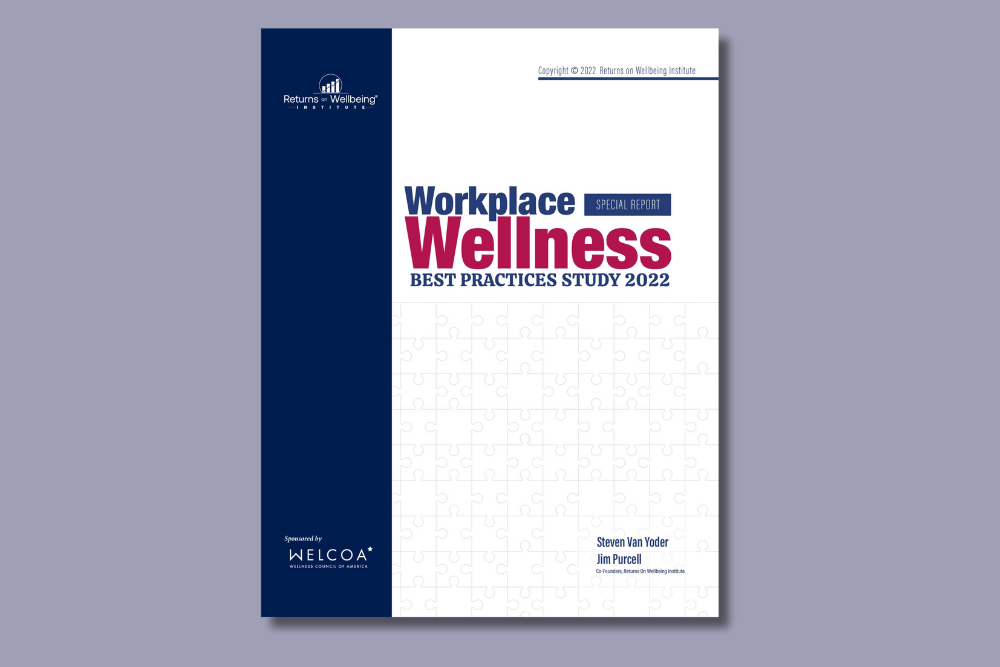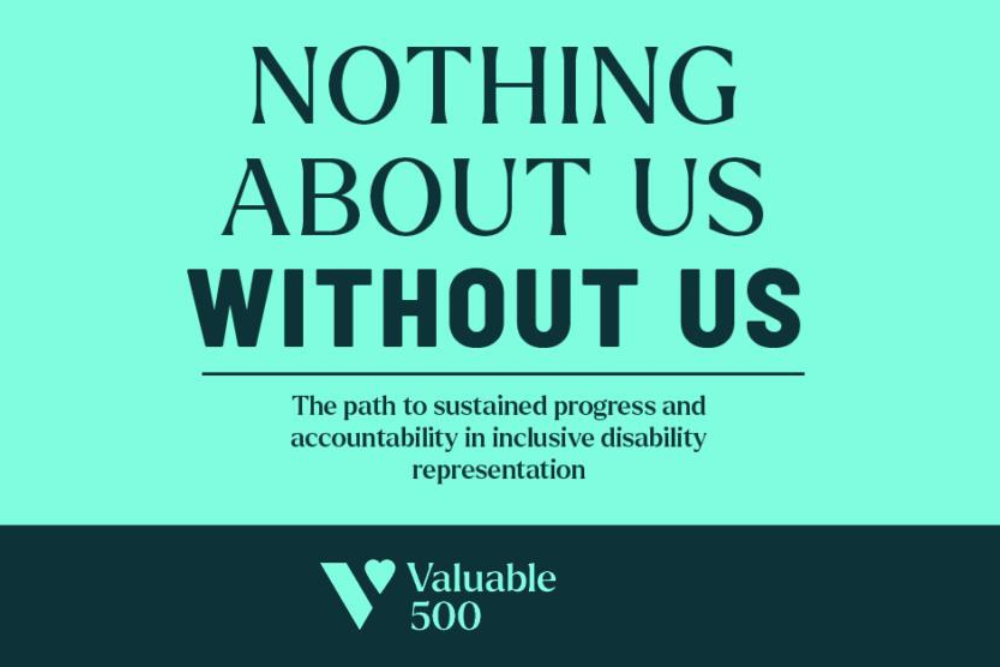Investments addressing the women’s health gap could add years to life and life to years—and potentially boost the global economy by $1 trillion annually by 2040.
Over the past two centuries, the rise in life expectancy—for both men and women—has been a tremendous success story. Global life expectancy increased from 30 years to 73 years between 1800 and 2018.
But this is not the full picture. Women spend more of their lives in poor health and with degrees of disability (the “health span” rather than the “life span”). A woman will spend an average of nine years in poor health, which affects her ability to be present and/or productive at home, in the workforce, and in the community and reduces her earning potential.
Building on previous work from the McKinsey Health Institute and the McKinsey Global Institute, analysts quantified this health gap in terms of disability-adjusted life years and the extent to which this difference results from the structural and systematic barriers women face.











